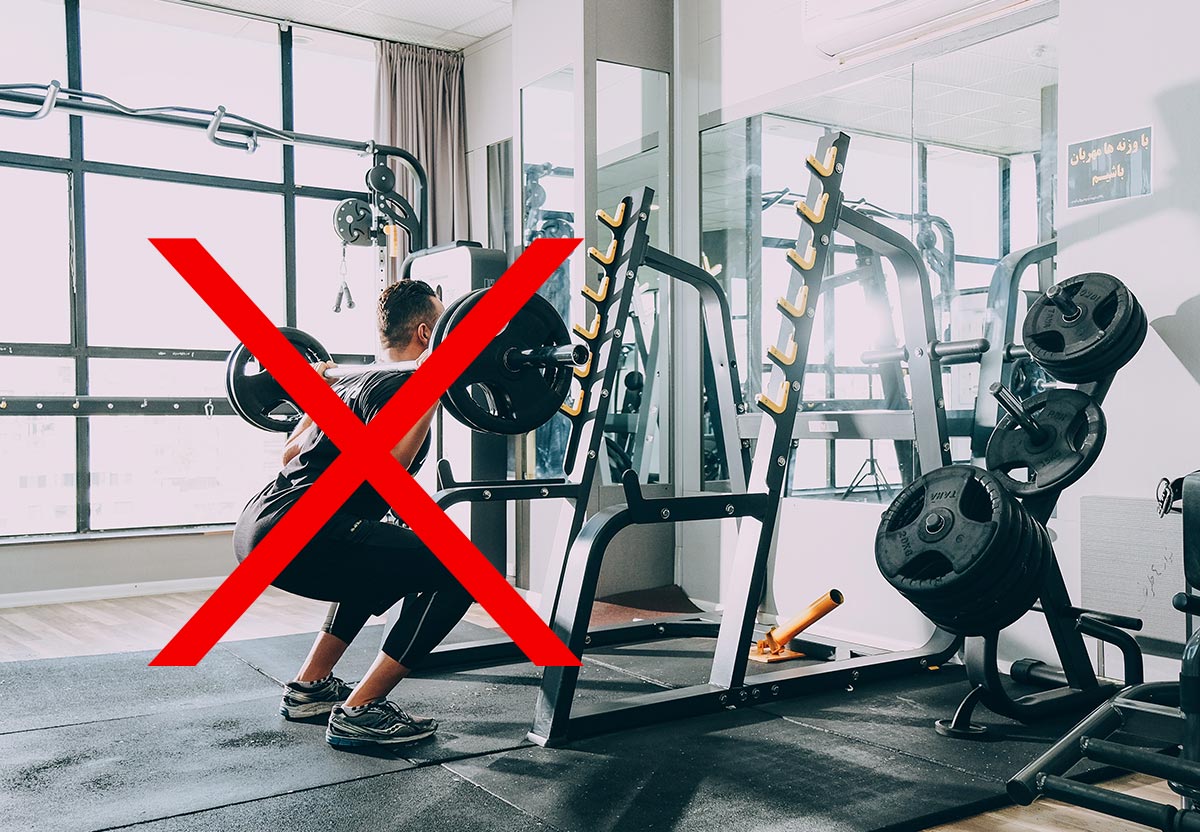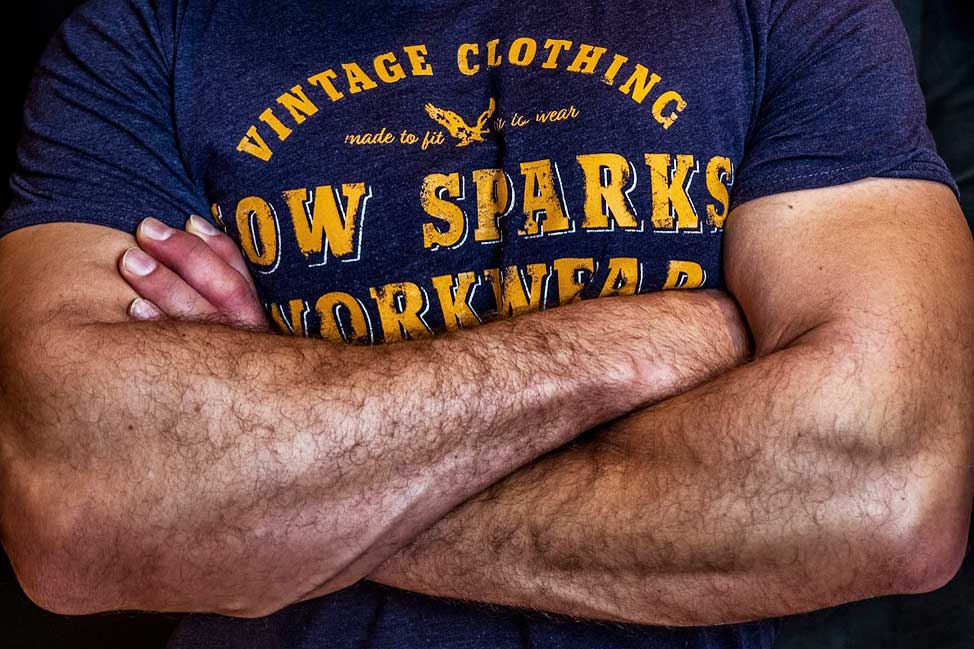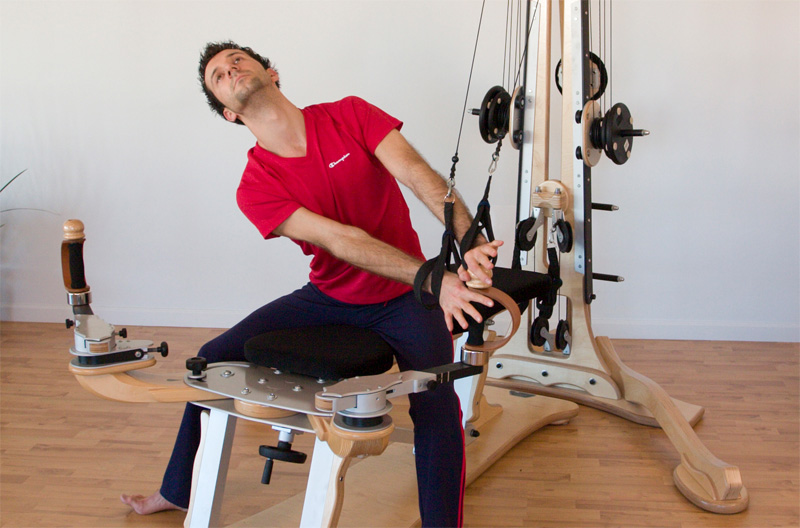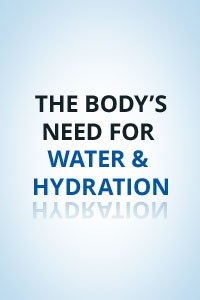For decades, squats and deadlifts have been championed as the cornerstones of strength training. These compound movements engage multiple muscle groups, making them some of the most effective exercises for building muscle, increasing strength, and improving overall fitness. But are they worth the risk, especially for middle-aged athletes? Let’s take a closer look at the benefits and the potential dangers of these exercises for individuals over 40.
The Unique Benefits of Weight-Bearing Exercises
Weight-bearing exercises like squats and deadlifts offer unique benefits that extend beyond building muscle. These movements recruit major muscle groups such as the quadriceps, gluteus maximus, and hamstrings. However, their impact goes deeper than muscle strength.
One major advantage of squats and deadlifts is their ability to stimulate a robust hormonal response. These exercises are known to increase the body’s production of growth hormone, which aids in muscle repair, fat metabolism, and overall recovery. Additionally, because these movements are high-intensity, they provide maximum results in minimal time, making them incredibly efficient for those with a busy schedule.
Another often-overlooked benefit is their role in preventing osteoporosis. When downward pressure is consistently applied to bones such as the femur, the body responds by increasing bone density. This is why exercises like squats and deadlifts are frequently recommended for improving skeletal health. However, the intensity of these exercises comes with risks that cannot be ignored, particularly for middle-aged individuals.
Understanding the Risks
While squats and deadlifts have undeniable benefits, they also carry significant risks, especially for those over 40. The execution of these movements demands precision and a strong foundation of fitness, but even experienced athletes are not immune to mistakes. Let’s delve into why these risks become magnified as we age.
1. The Complexity of Proper Form
Squats and deadlifts require impeccable technique. Any deviation from proper form can place excessive stress on the lumbar spine, potentially leading to severe injuries. For example, leaning too far forward during a squat creates a lever effect that puts undue pressure on the lower back. The same risk applies to deadlifts, where rounding the back while lifting a heavy weight can result in disc herniations or muscle strains.
2. Aging and Joint Vulnerability
Around the age of 40, the body begins to undergo physiological changes that increase the vulnerability of connective tissues, such as tendons and ligaments. These tissues lose elasticity and become more prone to tears and strains. Injuries that might have healed quickly in youth take longer to recover from and may not fully heal in middle age.
Moreover, age-related changes in muscle strength and coordination can make it harder to maintain proper form during complex movements like squats and deadlifts, further increasing the risk of injury.
Alternatives to Squats and Deadlifts
Given the risks associated with squats and deadlifts, especially for middle-aged athletes, are there safer alternatives that still provide effective results? The answer is yes, and these alternatives can still help you achieve strength, endurance, and bone health without jeopardizing your well-being.
1. Leg Press Machines
Leg press machines are an excellent substitute for squats, especially for individuals who want to reduce spinal load. These machines mimic the squatting motion while offering better control and minimizing the risk of injury. Although leg presses don’t activate stabilizer muscles to the same extent as squats, they are a safer option for those looking to strengthen their lower body without the inherent risks of free weights.
When using a leg press machine, it’s crucial to maintain proper form. Avoid locking your knees at the top of the movement, and ensure that your back remains supported against the seat throughout the exercise. Incorrect use can still lead to injuries, so take the time to learn proper technique.
2. Bulgarian Split Squats
For those looking to target the glutes and quadriceps, Bulgarian split squats are a highly effective alternative. This unilateral exercise reduces the overall load on the spine while improving balance and coordination. Adding dumbbells or a barbell can increase the intensity without significantly increasing the risk.
3. Trap Bar Deadlifts
If you’re keen on keeping deadlifts in your routine, consider switching to a trap bar. The trap bar deadlift allows for a more upright posture, reducing the stress on your lower back. This variation is especially beneficial for individuals with limited hip mobility or a history of back pain.
Tips for Safe Strength Training
Regardless of the exercises you choose, safety should always be a priority. Here are some tips to ensure you train effectively while minimizing the risk of injury:
1. Warm Up Thoroughly: A proper warm-up prepares your muscles and joints for the demands of exercise. Include dynamic stretches and light cardio to increase blood flow and improve mobility.
2. Start Light: If you’re new to an exercise or returning after a break, start with lighter weights to perfect your form before increasing the load.
3. Listen to Your Body: Pain is a warning sign. If you experience discomfort during an exercise, stop immediately and reassess your form. Consult a professional if needed.
4. Work with a Trainer: A certified personal trainer can provide guidance on proper technique and help design a program tailored to your goals and limitations.
5. Prioritize Recovery: Adequate rest and recovery are essential for preventing overtraining and injuries. Ensure you’re getting enough sleep and incorporating rest days into your routine.
Squats and deadlifts are undeniably powerful exercises, but they may not be suitable for everyone, particularly middle-aged athletes. By understanding the risks and exploring safer alternatives, you can continue to build strength and improve your fitness without compromising your health. Remember, the goal of any fitness program is not just to build muscle but to enhance overall well-being and longevity. Train smart, listen to your body, and choose exercises that align with your needs and capabilities.













